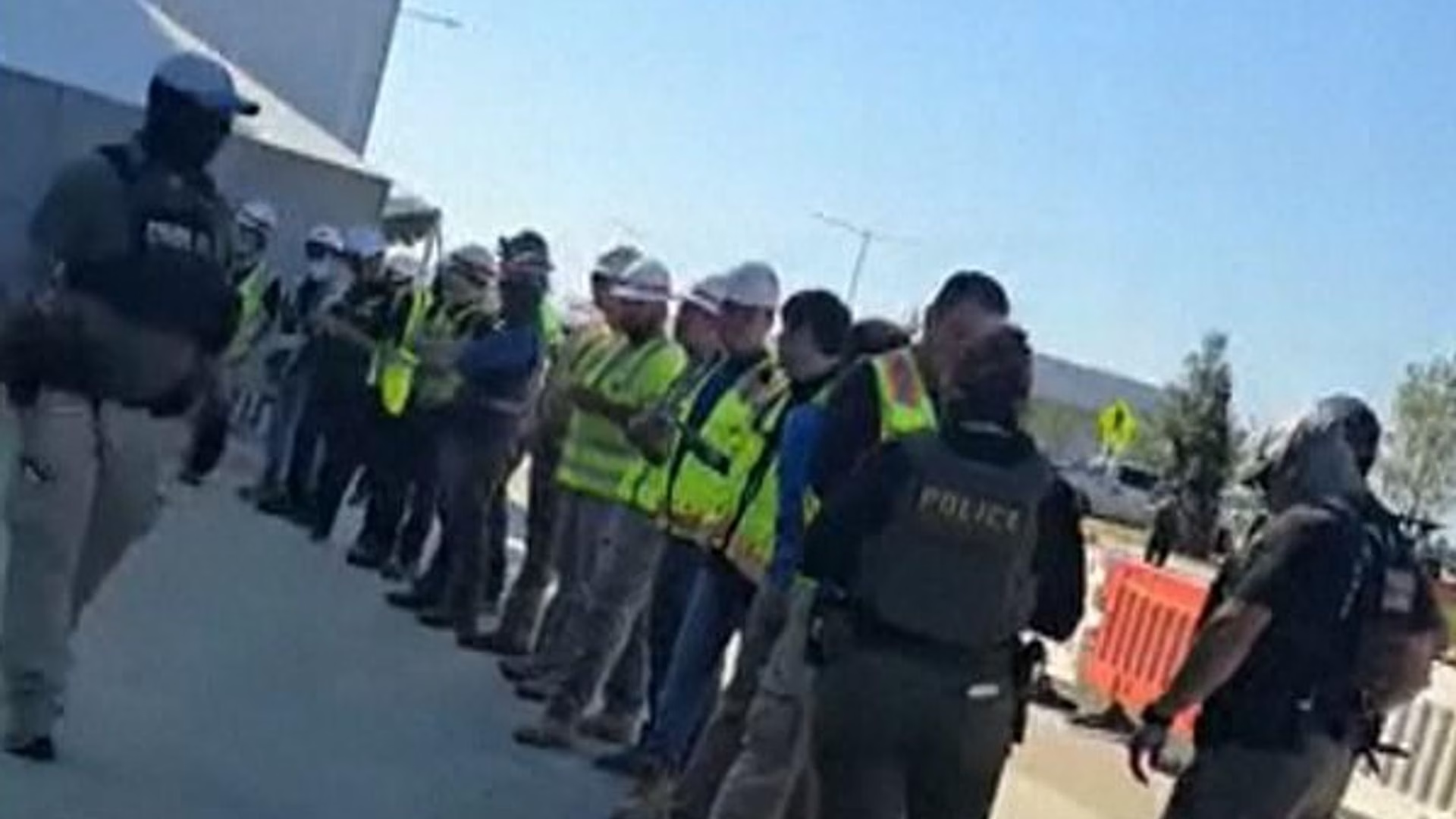Trump answered no reporter questions as his only scheduled public event of the day ended.
Politics – Latest US Political News & Headlines | New York Post


Trump answered no reporter questions as his only scheduled public event of the day ended.
Politics – Latest US Political News & Headlines | New York Post

Tickets for next year’s FIFA World Cup will use dynamic pricing, meaning fans will pay different prices according to demand.

Officers detained 475 people during an immigration raid on a Hyundai factory for electric vehicles in Georgia. Read More US